Six steps to buying the Right RV
Make sure you avoid buyer’s remorse and end up van happy with our six steps to buying the right RV. You think buying a house, car or holiday is hard – wait until you do all three together. For some…
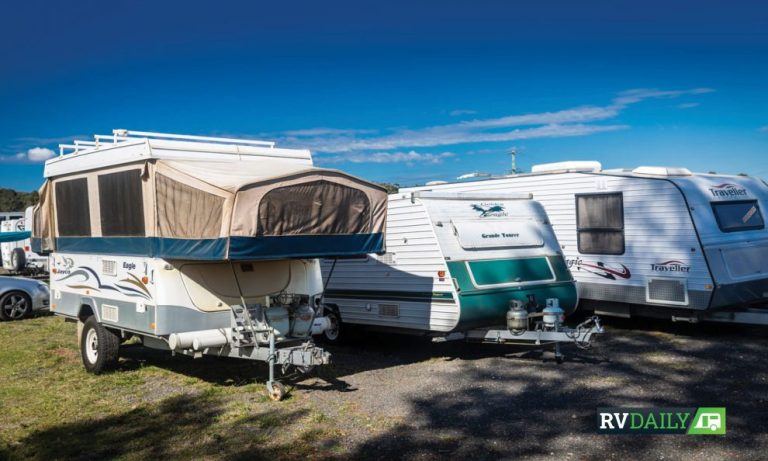

Make sure you avoid buyer’s remorse and end up van happy with our six steps to buying the right RV. You think buying a house, car or holiday is hard – wait until you do all three together. For some…


You think buying a house, car or holiday is hard – wait until you do all three together. For some in the RV world, If I Could Turn Back Time by Cher is an unofficial anthem. After all, there are lots of makes and models of RV to choose from, styles vary greatly, and the prices vary even more. How can you be sure you get the right one to avoid headaches down the track and on the road? We’ve got you covered with our step-by-step guide.
Step 1 – Think about what you’re going to use the RV for
Are you going to live in it full-time, go on short holidays, or take long trips? This will determine the type of RV you should buy. For long trips, for example, you should choose a caravan or motorhome. For short trips, on the other hand, a motorhome is like hiring Shane Warne to carry the drinks for the local 4th grade cricket club. Sure, he’d get the job done, but it’s much more than you need. A camper-trailer is usually enough for short trips.
Where you’re going to travel is important too. For example, if you plan to travel off-road, you will need ground clearance and good suspension, which rules out motorhomes. A so-called off-road caravan may not even be suitable, particularly if you’re going really rugged. They look cool sitting in your driveway, but they’re too heavy, long, and wide for serious off-roading. In reality, you’d need a monster of an engine to tow an off-road van up a steep incline, you’d need the courage of Thor to take it down one, and even larger genitalia to risk your shiny new $100k van on a hairpin bend or narrow track.
The larger water, battery, and solar capacities make motorhomes good for easily accessible camps but if you want to go places only 4X4s and mountain goats dare to travel, a rooftop tent or a smaller off-road camper would be your best bet.
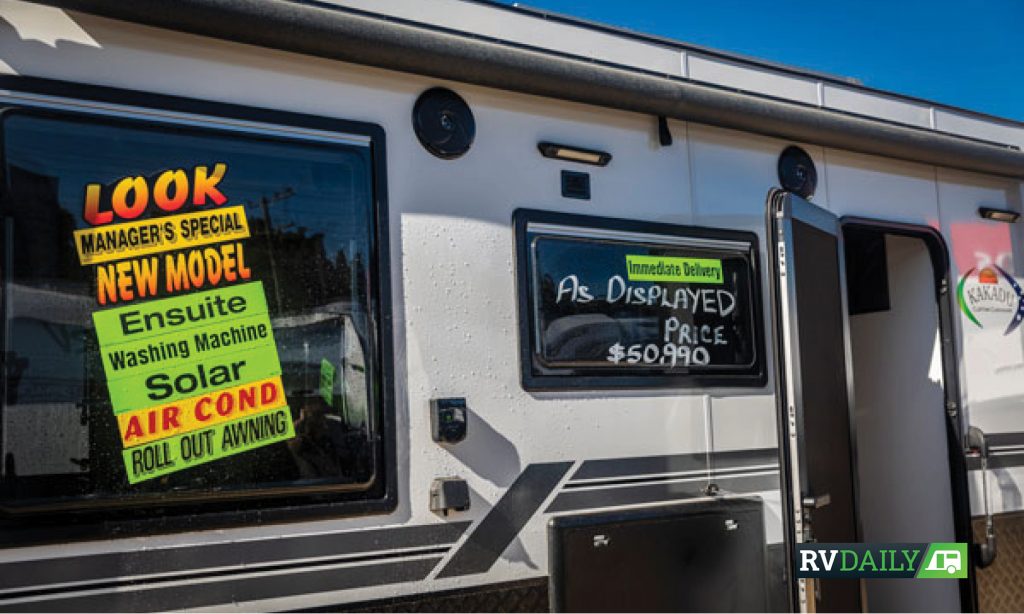
Step 2 – Consider costs and living with the RV
This step includes figuring out the budget not only for the initial purchase but also running and maintenance costs. Both of these will be higher on larger RVs. Fuel, insurance and storage costs should also be considered at this stage. Think about where you’ll get the finance as well.
You should also consider how you’re going to live with the RV:
• Where you’ll store it (if you live by the beach, for example, you may want a galvanised chassis to protect from rust)
• What’s your towing capacity
• What’s your level of RV experience
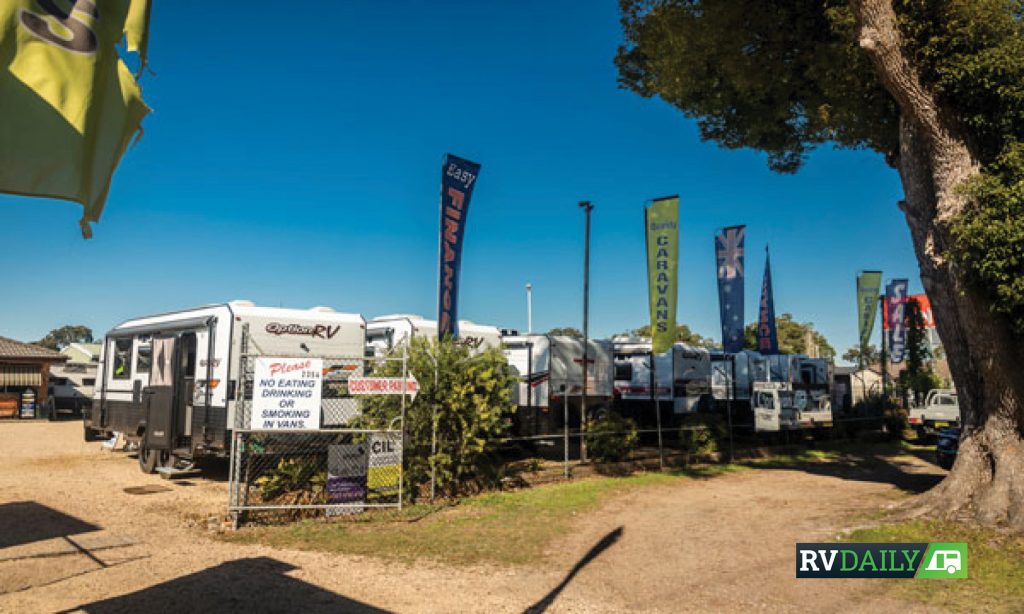
Step 3 – What features do you want?
Start by making a priority list that includes things you must have and others that would be nice but are not essential. Remember, lots of extra features add both expense and weight, neither of which are pleasant in the RV world.
Also, if buying new, try to settle on an RV that has options included rather than lots of optional extras. You might regard some of those extras as being essential and the cost of adding them in later can really add up.
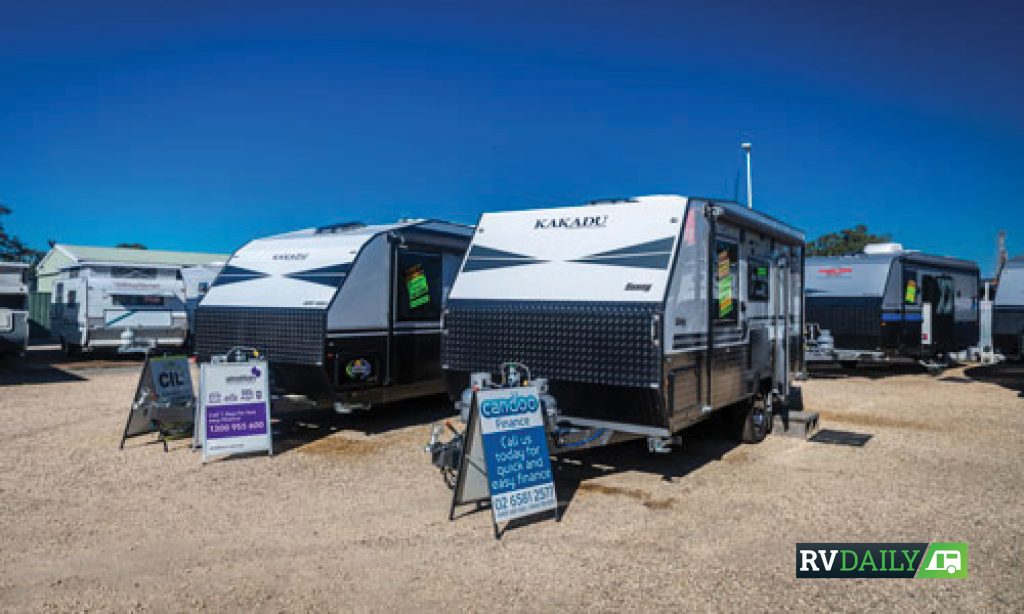
Step 4 – Do lots of research
Take your time when researching, exploring options at dealerships and tradeshows. Make sure you don’t just look in your price range though, as looking at models that are too expensive or too cheap will ensure you spend your money wisely. This also helps strengthen your negotiating abilities as you’ll know more about what’s available.
Exploring many RVs for the right floorplan is essential. The best way to do this is by getting into multiple vans, which makes tradeshows invaluable.
Investigate resale values too. Just like cars, RVs depreciate at different rates depending on the make and model, with some losing as much as 20 percent of their value in the first year!
Also, if you are buying interstate, check the full costs of doing so. Things like transport and stamp duty can quickly wipe out any savings you made by purchasing long-distance.
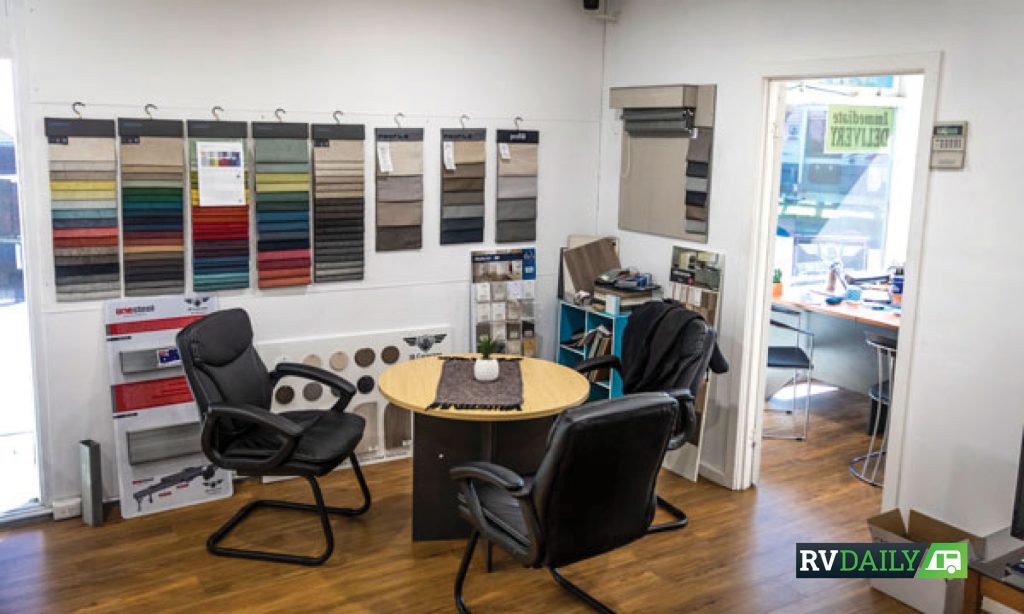
Step 5 – Try before you buy
If you’re unsure what you want or need, it will help to rent an RV and use it on a real-life trip. For most people, this is the fun part of buying an RV but if you’re new to RV holidays, going on a trip will tell you if you really do like this lifestyle. Remember, RV touring is not for everyone.
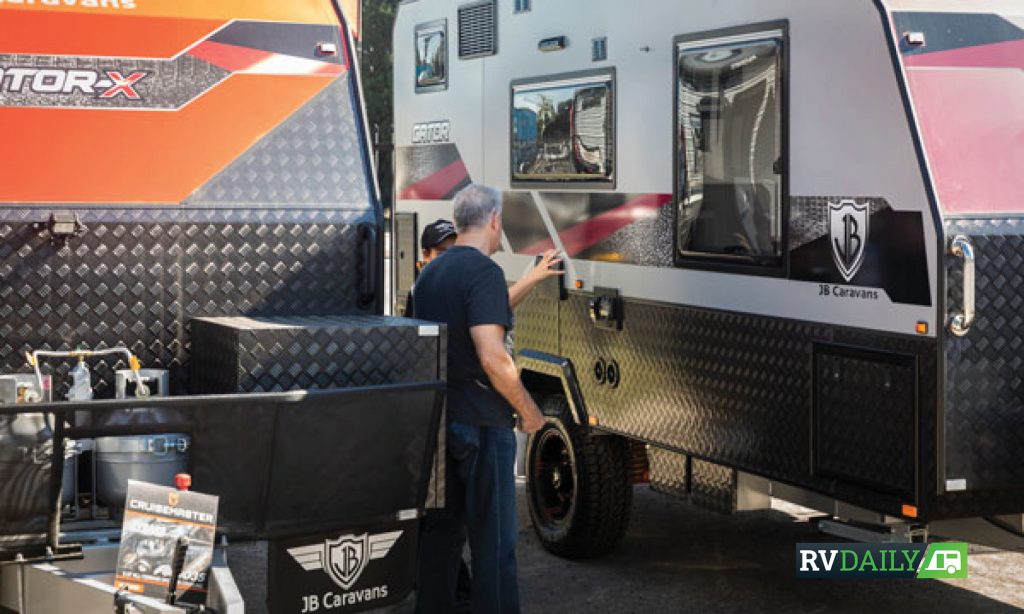
Step 6 – Making the purchase
You have two main options when making your purchase – new or used. Buying new is the less risky approach, you have more options, and you’ll get a longer warranty – anything from 12 to 36 months.
It’s more expensive, however, and you won’t get many additional features, particularly if the used RV is less than a couple of years old. In fact, an RV that is less than two years old will often be 30 percent cheaper than its equivalent new version. As models change very little from year to year, this can be a good option.
There are some specific things to check and remember when you buy used:
• Check everything works – fridge, awning, toilet, etc.
• Check for leaks – start by checking the ceiling and look in the cabinets for things like discolouration or evidence of a poor-quality repair.
• Look for rust under the chassis.
• Make sure you know how everything works.
• Ensure there is a clear title.
• Check the maintenance and service records (but make sure you service a used RV as soon as you buy it to get a proper check done on things like brakes and bearings).
Also, get to know a little about the seller by chatting to them and asking questions. This will give you more information about the RV’s history as well as giving you a steer as to the honesty of the current owner.
Finally, make your decision, delete Cher’s hit song from your playlist, and hit the road.
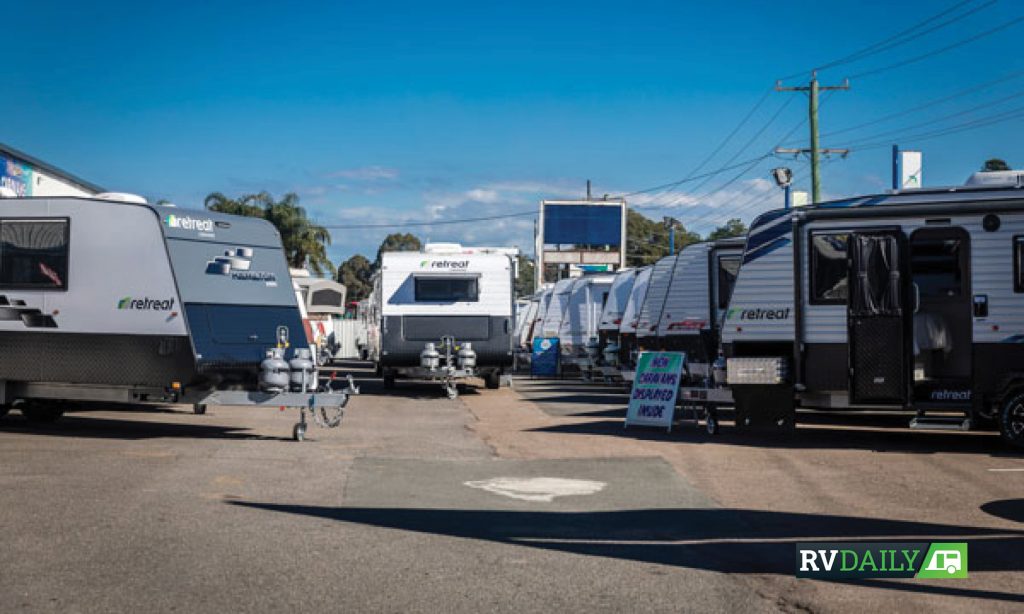
Words Steve Martin, Images Wes Whitworth.